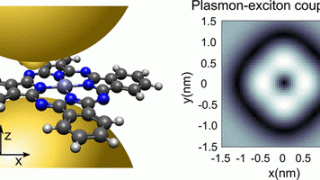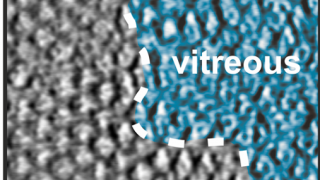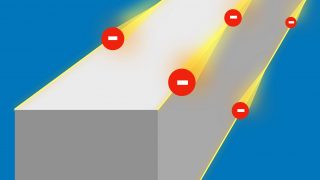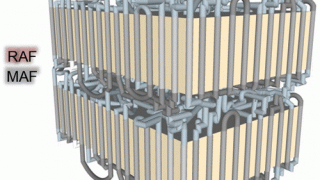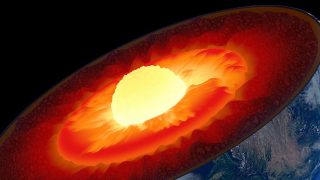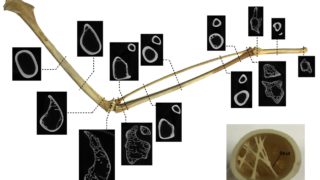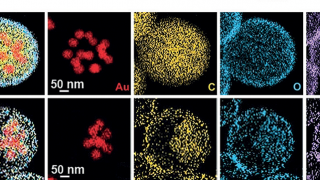
Solvent-induced reversible clustering of gold nanoparticles
Many methods can be used to synthesise non-molecular inorganic solids. Some solids can be prepared by a variety of routes but others, especially those that are not thermodynamically stable, may be much more difficult to prepare and may require special methods. Non-molecular inorganic solids can also be prepared in various forms, as fibres, films, foams […]
